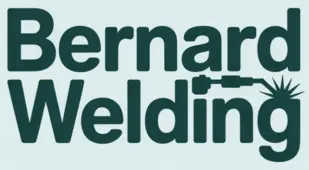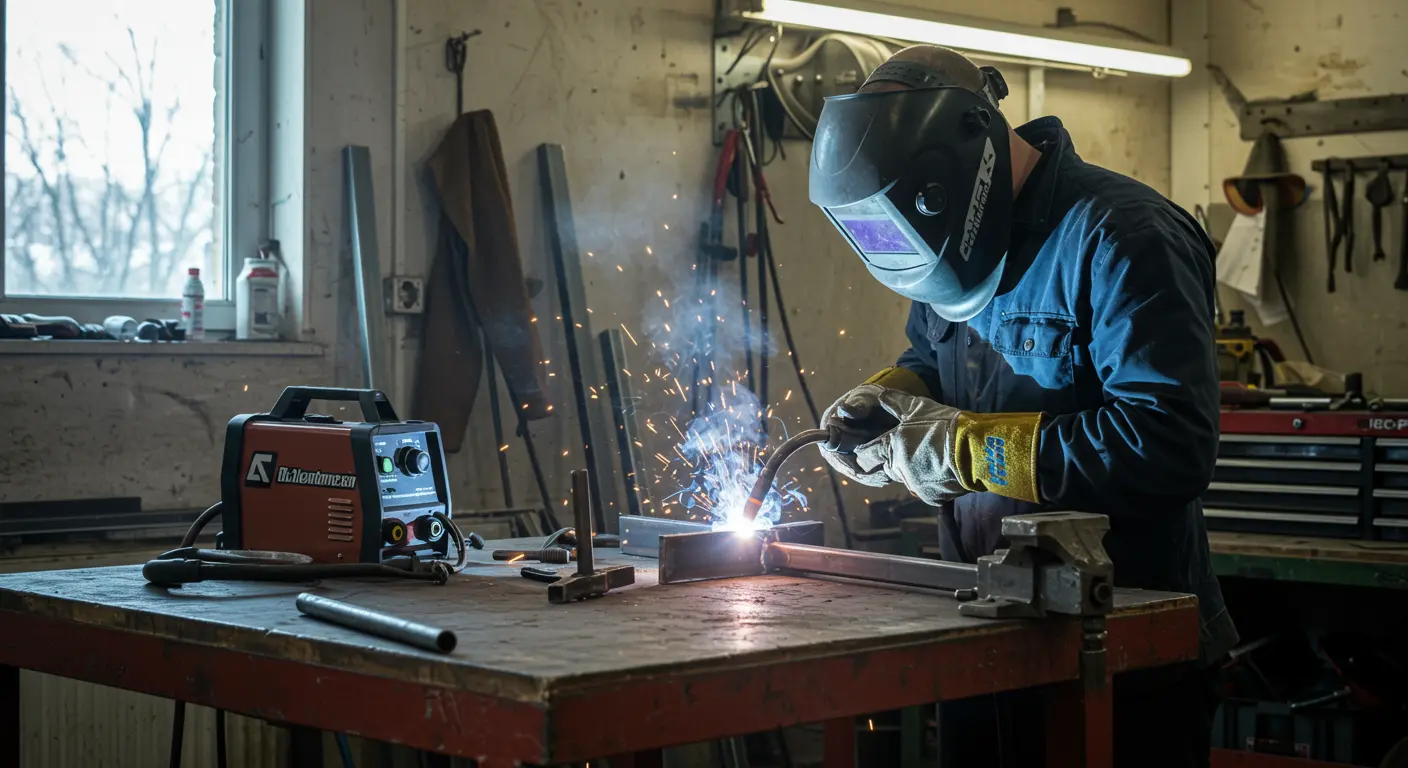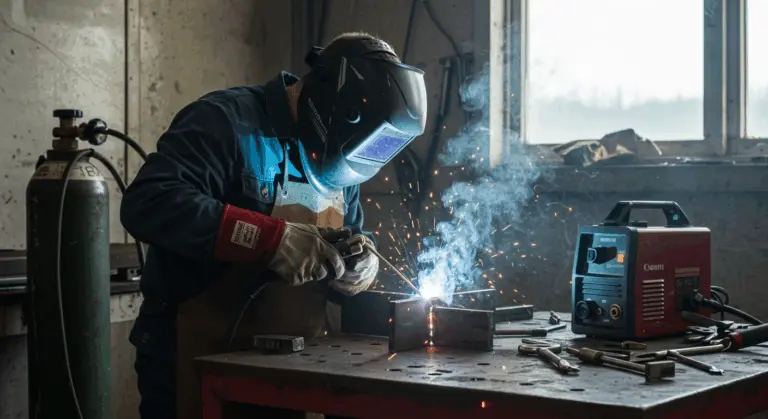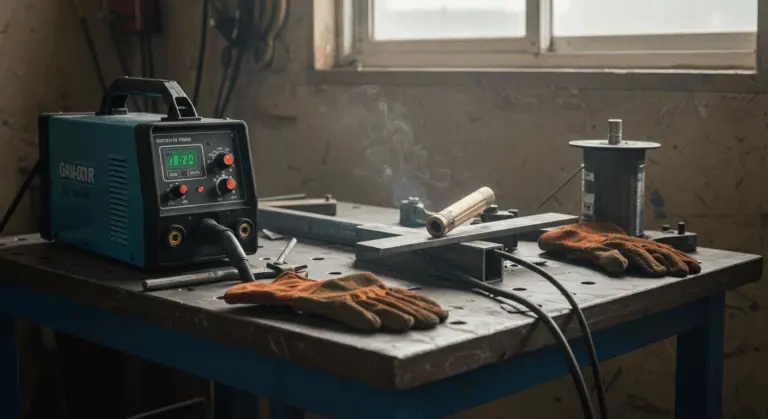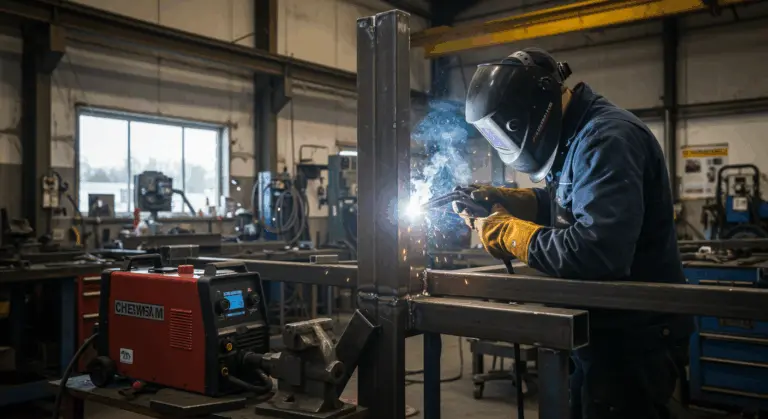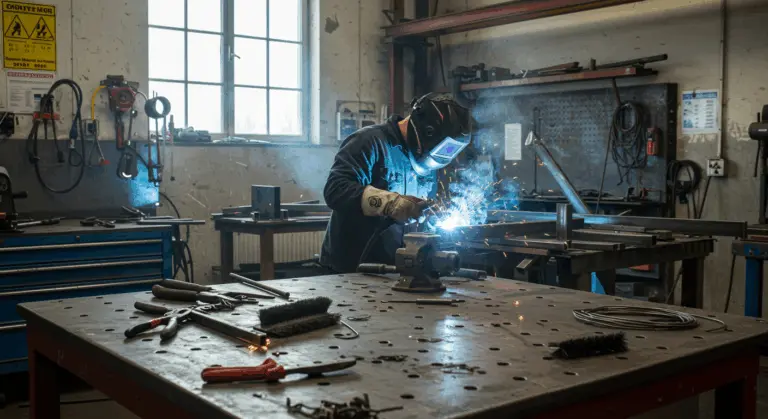Overview of Welding Positions
Welding positions define how joints are oriented in space—a core concept that every welder must master. Each position demands its own unique techniques and skill set. Standardized classifications from organizations like the American Welding Society (AWS) ensure consistent training, certification, and quality assurance across the industry.
Four primary positions form the foundation: flat, horizontal, vertical, and overhead. Each carries a numerical designation (1-4) paired with a letter—’G’ for groove welds, ‘F’ for fillet welds. Thus, 1G represents a flat groove weld.
The learning curve steepens dramatically as you progress from flat to overhead welding. Specialized positions like 5G and 6G for pipe work? These represent the ultimate challenge, combining every challenge into a single, demanding exercise that separates novices from masters.
Flat Welding Position (1G/1F)
The flat welding position—1G for groove welds, 1F for fillet welds—represents welding at its most forgiving. Here, the weld joint lies horizontal with its face pointing skyward, allowing you to work from above. Here, gravity becomes your ally rather than your adversary, helping guide that molten puddle exactly where you want it.
In 1G position, you’re joining two horizontal plates with a groove weld. The 1F position? That’s where horizontal meets vertical in a classic fillet configuration.
Why do welders gravitate toward the flat position? Several key advantages make this position ideal for beginners:
Horizontal Welding Position (2G/2F)
Horizontal welding presents a moderate challenge. In 2G groove position, you’re working against gravity’s sideways pull, constantly working to prevent that puddle from sagging into an unsightly mess.
The 2F fillet position offers a slight reprieve—that lower joint edge acts like a natural shelf, cradling the molten metal and making control more manageable than its 2G counterpart.
Success depends on technique refinement: smaller electrodes, reduced amperage, and precise torch angles become your tools for taming the weld pool. You’ll encounter this position frequently in structural work and pipe fabrication.
Vertical Welding Position (3G/3F)
Vertical welding (3G/3F) challenges you to work against gravity on a vertical surface. Two strategies emerge: uphill welding (ascending from bottom to top) or downhill (descending from top to bottom).
Uphill welding delivers superior strength and penetration—but with increased difficulty. Managing that gravity-defying puddle demands exceptional skill, often requiring intricate weaving motions to maintain control.
Downhill welding offers speed and works beautifully on thinner materials, though it sacrifices some penetration depth. The choice between directions depends on material thickness, welding process, and those all-important code requirements.
Overhead Welding Position (4G/4F)
Overhead welding (4G/4F) presents the greatest challenge—both technically and physically. You’re working beneath the joint, defying gravity while molten metal threatens to rain down on you.
Success requires surgical precision: tiny electrodes, minimal amperage, and an arc so short you can almost touch it. The goal is maintaining a puddle so small and controlled that you’re essentially stacking miniature beads, one careful pass at a time.
Safety becomes non-negotiable here. Complete flame-resistant protective gear guards against the inevitable shower of spatter. Mastering this position demonstrates true skill—it’s essential for certification and indispensable when working on immovable structures.
Pipe Welding Positions
Pipe welding introduces the complexity of curved surfaces. The essential fixed positions include:
The 6G position represents welding’s most comprehensive test. Pass this certification test, and you’ve demonstrated comprehensive mastery—often qualifying you for every other position due to its all-encompassing difficulty.
Challenges and Considerations in Welding Positions
Position-dependent challenges demand constant adaptation:
Conclusion: Mastering Welding Positions
Achieving mastery across all welding positions represents a significant milestone in any welder’s career. It demands relentless practice, building both technical expertise and the physical endurance each position requires.
This versatility defines your professional capability, enabling you to deliver high-quality, code-compliant welds in a wide range of applications—from towering structural fabrication to critical pipeline repairs in remote locations.
True proficiency across all positions combines technical skill with practical artistry. It ensures you can deliver safe, reliable craftsmanship no matter what challenges arise.
